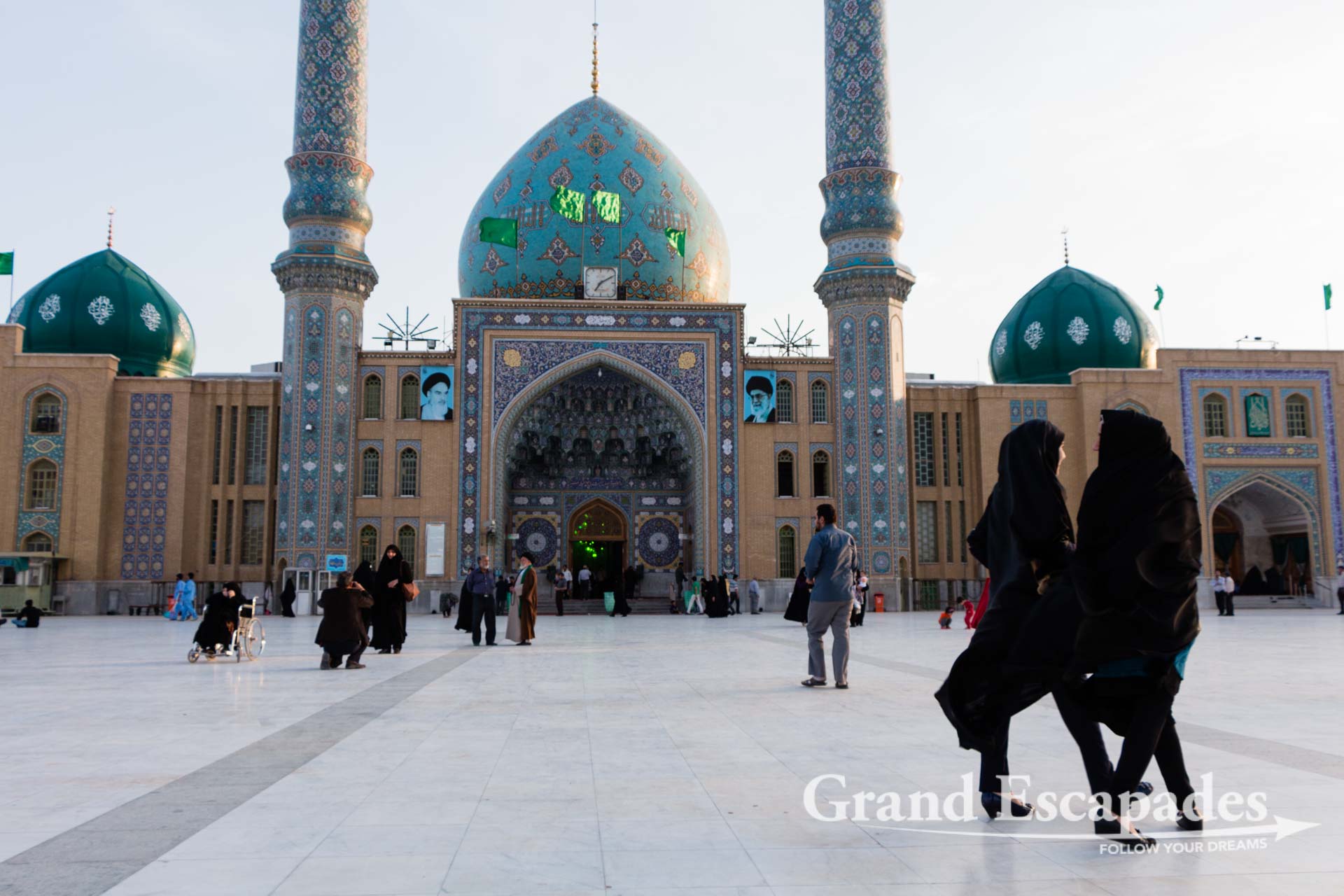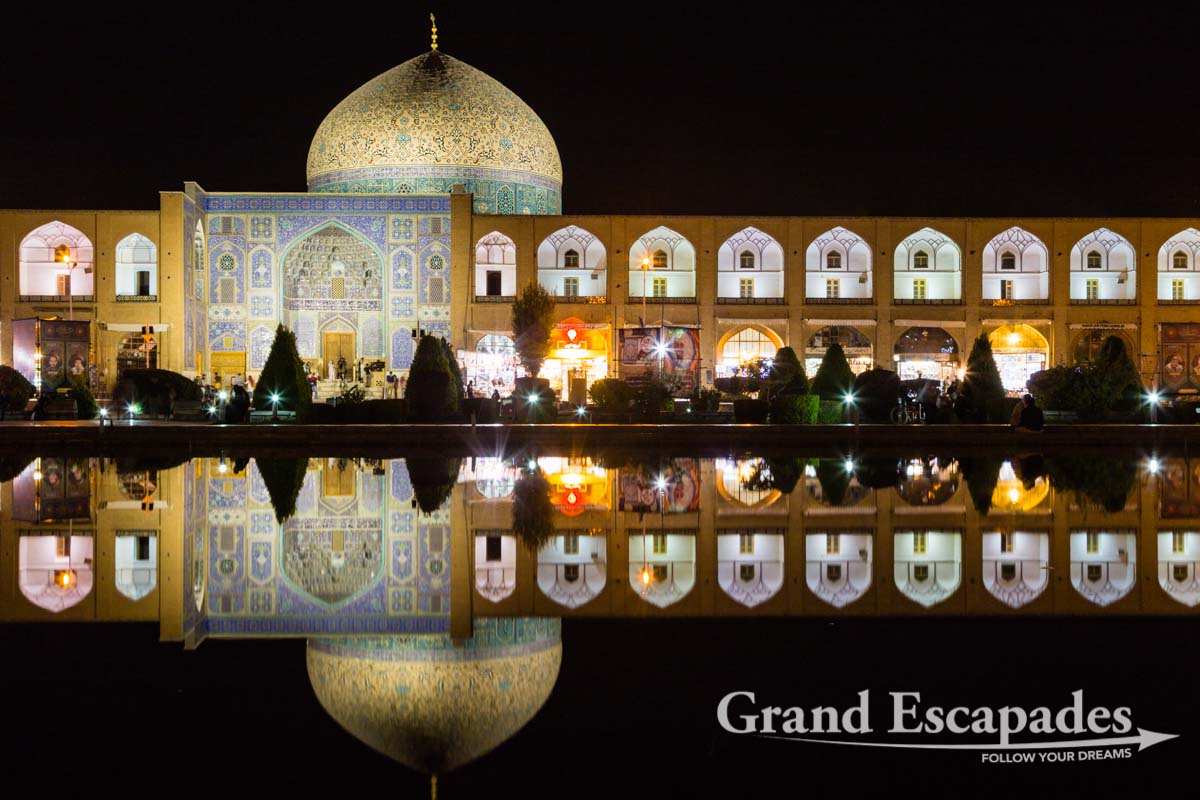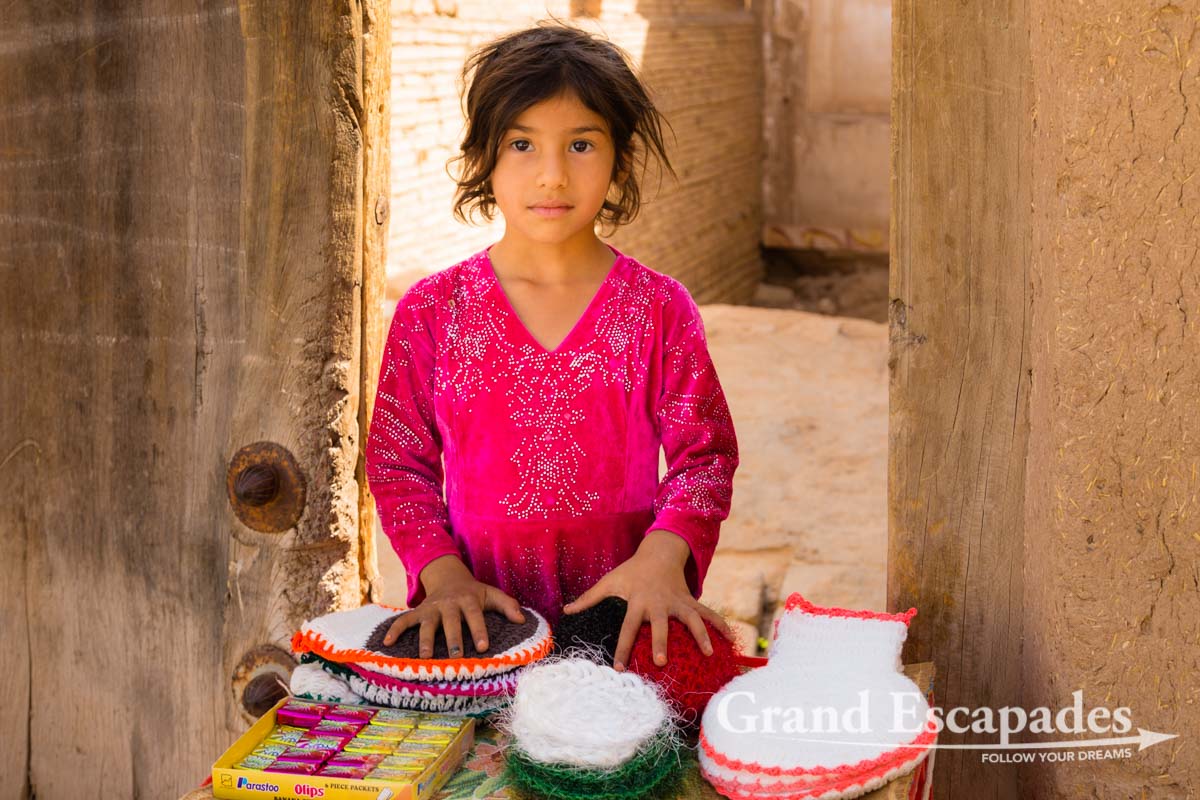Esfahan has them all. In the past Esfahan had the largest Jewish community of Iran. Today about 25.000 Jews still live in larger cities and have rejected generous financial offers by Israel to move to the Promised Land.
An old Jewish cemetery can be visited in the small town of Pir-e-Bakran outside of Esfahan, if the taxi driver has the phone number of the gatekeeper. Ours did. Strolling around the extensive graveyard we also discovered also some recent graves, which is not a complete surprise, because every year Jews from around the world gather here to celebrate the Jewish New Year. Small, very basic rooms inside the complex accommodate the visitors.
Esfahan’s Christians live in Julfa, south of the river. This is where we ended up staying by pure accident, since the Julfa Hotel was the only cheap hotel that had rooms available. We loved the area with its Mediterranean touch, small trendy cafés full of young people, stylish restaurants and beautiful girls strolling around in small groups.
The Zoroastrians also have a temple in Esfahan, unfortunately the gatekeeper to this temple could not be found. Like in the temple in Yazd, tourists are only allowed to view the eternal flame from behind a glass window to avoid polluting the fire by their very breathing. Zoroastrianism was the main religion across the Iranian plateau until the Arab conquest in the 7th century. Zoroastrians are followers of Zarathustra who was born sometimes between 1.500 BC and 1.000 BC







